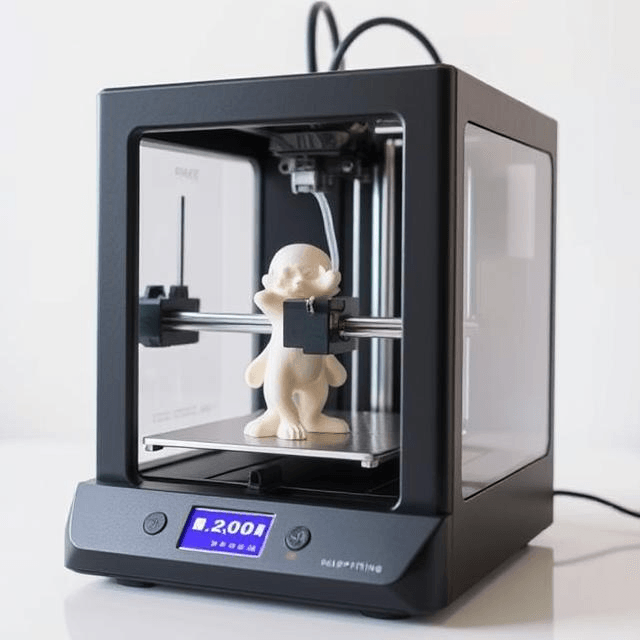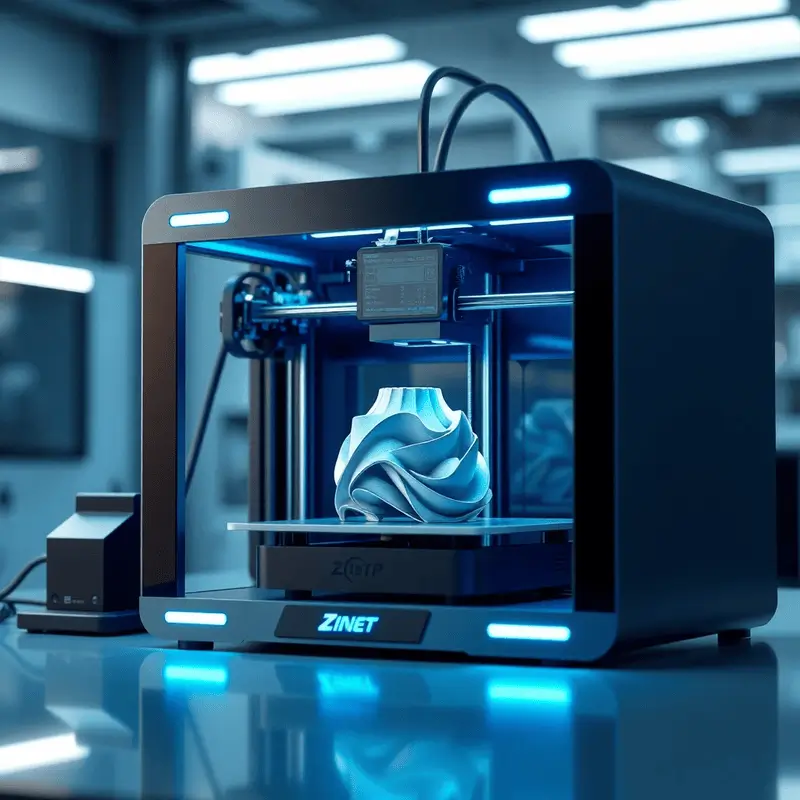3D printing, also known as additive manufacturing, is a revolutionary technology that has transformed the way we design, manufacture, and create things. By building layers of material to print three-dimensional objects from digital designs, 3D printing has a wide range of applications across a lot of areas. Let us delve into the fascinating realm of 3D printing and its significance.

Table of Contents
What is 3D Printing?
Essentially, 3D printing, or additive manufacturing, is a process that creates three-dimensional objects layer by layer from material according to a digital model. As opposed to subtractive manufacturing, which is conventional and takes away material from a solid block, 3D printing entails the addition of material layer by layer until the object of desire is formed.
The Evolution of 3D Printing
3D printing started in the 1980s with the first stereolithography (SLA) printer being created by Chuck Hull. Since then, the technology has evolved a lot, and various 3D printing methods and materials have emerged, making its use possible in a variety of industries.
Why 3D Printing is Important :
The beauty of 3D printing lies in its ability to reduce waste, enable complex geometries, offer customization, and provide rapid prototyping. It is transforming industries like aerospace, healthcare, automotive, and manufacturing by enabling production to become faster, cheaper, and more flexible.
Types of 3D Printing Technologies :
3D printing comprises a number of methods, each suitable for different materials and applications. Let us break down the most common forms of 3D printing technologies.
1. Fused Deposition Modeling (FDM) :
FDM is the most common and widespread 3D printing technology, particularly for consumer-level printers. It works by extruding melted plastic filament (i.e., PLA, ABS, or PETG) through a heated nozzle, which is then deposited onto the print bed layer by layer.
- Pros: Affordable, easy to use, wide material options.
- Cons: Visible layer lines, limited resolution.
2. Stereolithography (SLA) :
SLA printers use a laser to cure a liquid resin layer by layer. This method is famous for its high precision and smooth surfaces and is ideal for objects with high detail.
- Pros: High resolution, smooth surface finishes.
- Cons: Requires post-curing, expensive materials.
3. Selective Laser Sintering (SLS) :
SLS uses a laser to bind powdered material (most commonly nylon, metal, or other polymers) into a solid object. It is used extensively in industrial applications for the creation of strong and complex parts.
- Pros: No need for support structures, strong and durable prints.
- Cons: Expensive, requires professional equipment.
4. Digital Light Processing (DLP) :
DLP is similar to SLA but cures resin using a projector instead of a laser. It’s sometimes faster than SLA and can print in high resolution.
- Pros: Faster than SLA, high-quality prints.
- Cons: Limited print size, post-curing required.
1- Principle of Additive Manufacturing:
Unlike traditional subtractive manufacturing processes that involve cutting material away, 3D printing adds material layer by layer to create objects.
This additive process allows for complex geometries, customization, and rapid prototyping.
2- Types of 3D Printing Technologies:
- Fused Deposition Modeling (FDM): Melts and extrudes thermoplastic filaments to build objects layer by layer.
- Stereolithography (SLA): Uses UV light to cure liquid resin into solid layers.
- Selective Laser Sintering (SLS): Uses a laser to sinter powdered material, such as plastics or metals.
- Digital Light Processing (DLP): Same as SLA but uses a digital light projector to cure resin.
- Selective Laser Melting (SLM): Metal powders are melted and fused directly by a laser.
Applications of 3D Printing :
3D printing is not only a hobbyist’s technology but has a wide range of applications across industries. Let us consider some of the most important applications in detail.
1. Prototyping and Product Design :
One of the greatest benefits of 3D printing is rapid prototyping. Designers can print out physical copies of their designs, see how they function, and make changes before going into full-scale production.
2. Healthcare :
3D printing in medicine is being used for creating bespoke prosthetics, implants, and even human tissue. Medical professionals can use 3D-printed replicas of bones or organs to plan operations and illustrate to patients.
3. Automotive :
The automotive industry uses 3D printing for making custom parts, tools, and even rapid prototyping. It’s particularly useful in the creation of low-volume or complex parts.
4. Aerospace :
Aerospace companies use 3D printing in the manufacture of lightweight, durable parts. Components such as brackets, fuel nozzles, and engine parts can be printed effectively and precisely.
5. Education :
3D printing has revolutionized education as it enables students to have a hands-on way of studying engineering, design, and technology. It is used in schools for the production of visual models and prototypes.
4- Benefits of 3D Printing:
Design Freedom: Capability to create complex and customized designs.
Cost Savings: Reduces material wastage and tooling costs for low-volume production.
Speed and Accessibility: Reduces product development cycles and democratizes manufacturing.
Challenges and Future Trends:
- Material Limitations: Increasing the range of materials that can be 3D printed, including metals, ceramics, and composites.
- Quality Control: Ensuring consistency in quality and reliability of 3D-printed parts.
- Sustainability: Addressing environmental concerns regarding waste and energy consumption in 3D printing.
- Bioprinting: Creating technologies for printing living tissues and organs for medical applications.
Conclusion:
3D printing is transforming product design, manufacturing, and distribution. From quick prototyping to personalized components and even complete working items, the applications are limitless. As the technology further advances, it can only get more accessible and useful across the board.
By understanding the basics of 3D printing and learning about its applications, you can unlock new doors to innovation and creativity. Whether you are a beginner or business professional, 3D printing offers bright prospects for the future.
